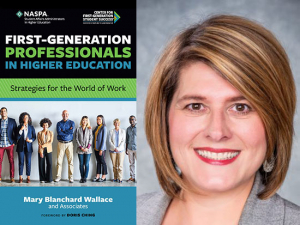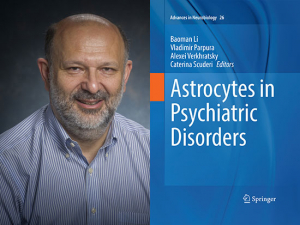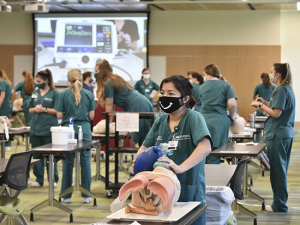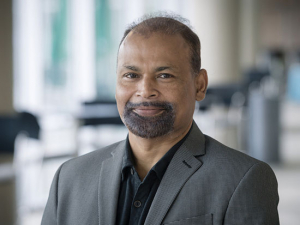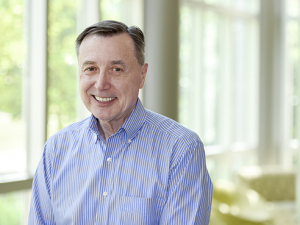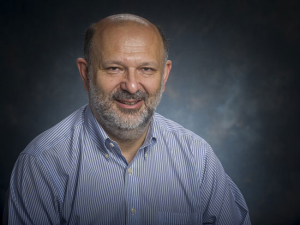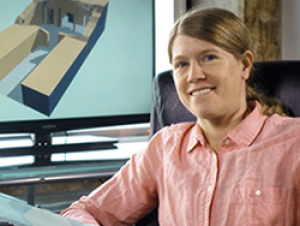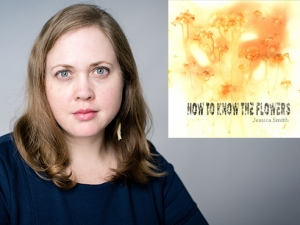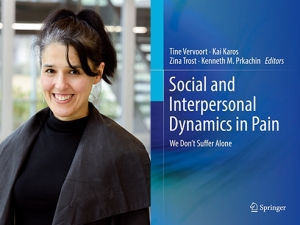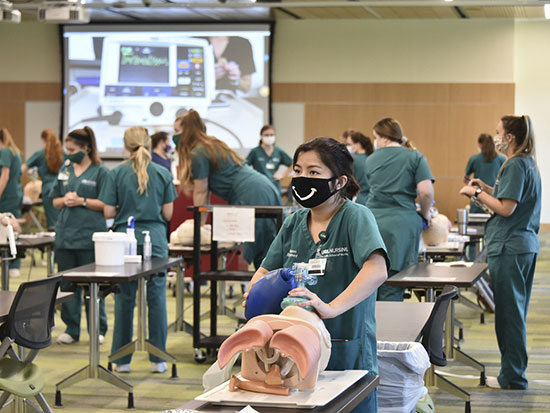 School of Nursing BSN students take part in a mock CPR code in the school's Great Hall. Simulation is a growing part of the instructional process at many UAB schools and university faculty are helping to set global standards, as evidenced by their leadership in the newly published Healthcare Simulation Standards of Best Practice. FRANK COUCH / School of NursingFour UAB faculty and staff from four separate schools and units have contributed to widely used international standards in health care simulation, reinforcing UAB’s position among the world leaders in the field.
School of Nursing BSN students take part in a mock CPR code in the school's Great Hall. Simulation is a growing part of the instructional process at many UAB schools and university faculty are helping to set global standards, as evidenced by their leadership in the newly published Healthcare Simulation Standards of Best Practice. FRANK COUCH / School of NursingFour UAB faculty and staff from four separate schools and units have contributed to widely used international standards in health care simulation, reinforcing UAB’s position among the world leaders in the field.
Health care simulation is growing at a rapid pace. According to the firm Verified Market Research, the market was valued at $2.27 billion in 2019 and is expected to reach $7.7 billion by 2027. The Society for Simulation in Healthcare, established in 2004, now has more than 4,500 members in more than 55 countries.
The International Nursing Association for Clinical Simulation and Learning (INACSL) first published standards of best practices in seven areas of simulation in 2011 as the INACSL Standards of Best Practice: Simulation. As literature and best practices continued to evolve, the organization updated and re-published the standards in 2013 and 2017. With the standards’ being widely adopted in fields beyond nursing, INACSL released a new update in 2021 under a new name. The Healthcare Simulation Standards of Best PracticeTM “provide a detailed process for evaluating and improving simulation operating procedures and delivery methods that every simulation team will benefit from,” the authors write.
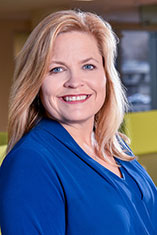 Penni Watts, Ph.D., R.N.Penni Watts, Ph.D., R.N., associate professor and director of Clinical Simulation and Training for the School of Nursing, chaired the INACSL Standards Committee, which led development of the new standards. Watts also was lead author of the Simulation Design standard.
Penni Watts, Ph.D., R.N.Penni Watts, Ph.D., R.N., associate professor and director of Clinical Simulation and Training for the School of Nursing, chaired the INACSL Standards Committee, which led development of the new standards. Watts also was lead author of the Simulation Design standard.
“Over the past two years, we conducted a systematic review of the literature to revise and scope the existing standards,” Watts said. Based on that review and survey data from INACSL membership and the simulation community, “we added two new standards: one on pre-briefing and one on professional development,” she said. “We also added more interprofessional and international experts on the committees and subcommittees.”
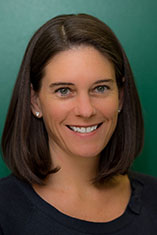 Dawn Taylor Peterson, Ph.D.Simulation professionals in countries such as Brazil, Canada and Qatar were members of these committees, Watts says, and simulation groups including the Society for Simulation in Healthcare, Hong Kong Society for Simulation in Healthcare, the Spanish Society for Simulation and many others were given the opportunity to review and comment on the standards.
Dawn Taylor Peterson, Ph.D.Simulation professionals in countries such as Brazil, Canada and Qatar were members of these committees, Watts says, and simulation groups including the Society for Simulation in Healthcare, Hong Kong Society for Simulation in Healthcare, the Spanish Society for Simulation and many others were given the opportunity to review and comment on the standards.
“We hear the same stories from people around the world — administrators have heard that simulation is a hot area, and staff will contact us and say, ‘I’ve got a manikin in a box and a directive to start a simulation program: What do I do?’” Watts said. “Around the globe, people are looking to these standards for guidance on best practices.”
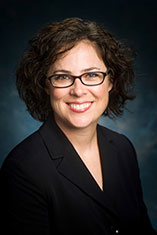 Michelle Brown, Ph.D.The fact that four of the 11 standards released in 2021 were co-written by UAB faculty and staff “really emphasizes that UAB is nationally and even internationally known,” said Dawn Taylor Peterson, Ph.D., associate professor in the Department of Medical Education in the UAB Heersink School of Medicine. “Many centers around the country have been using these standards for years, regardless of profession.”
Michelle Brown, Ph.D.The fact that four of the 11 standards released in 2021 were co-written by UAB faculty and staff “really emphasizes that UAB is nationally and even internationally known,” said Dawn Taylor Peterson, Ph.D., associate professor in the Department of Medical Education in the UAB Heersink School of Medicine. “Many centers around the country have been using these standards for years, regardless of profession.”
Peterson, who is director of Faculty Development and Training in the UAB Office of Interprofessional Simulation for Innovative Clinical Practice (OIPS), was a member of the subcommittee focused on professional development and is a co-author of the Professional Development standard.
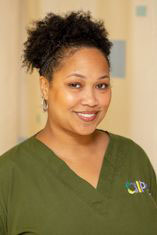 April Belle, DNP, R.N.Michelle Brown, Ph.D., associate professor in the Department of Health Services Administration in the School of Health Professions, was a member of both the professional development and the simulation-enhanced interprofessional education subcommittees and is a co-author of the Professional Development standard and of the Simulation-Enhanced Interprofessional Education standard.
April Belle, DNP, R.N.Michelle Brown, Ph.D., associate professor in the Department of Health Services Administration in the School of Health Professions, was a member of both the professional development and the simulation-enhanced interprofessional education subcommittees and is a co-author of the Professional Development standard and of the Simulation-Enhanced Interprofessional Education standard.
And April Belle, DNP, R.N., director of In Situ Simulation for UAB Clinical Simulation, was a member of the facilitation subcommittee and co-wrote the Facilitation standard.
“Simulation is much more than just putting a manikin in a bed and changing vital signs,” Watts said. “It takes careful thought and planning. We are excited to have the Standards of Best Practice to provide guidance for health care simulationists around the globe in implementing a successful simulation.”

